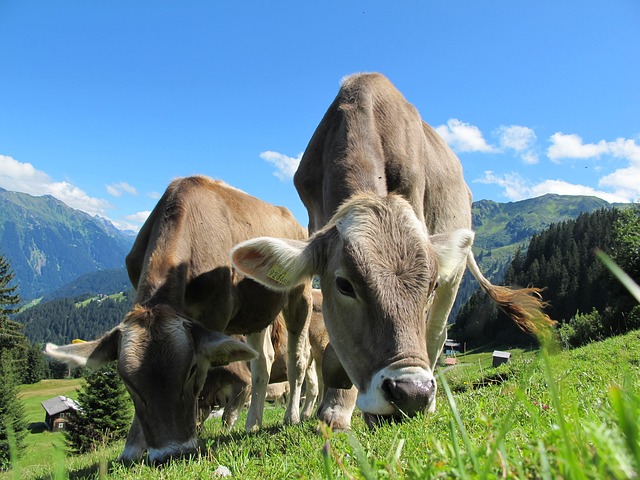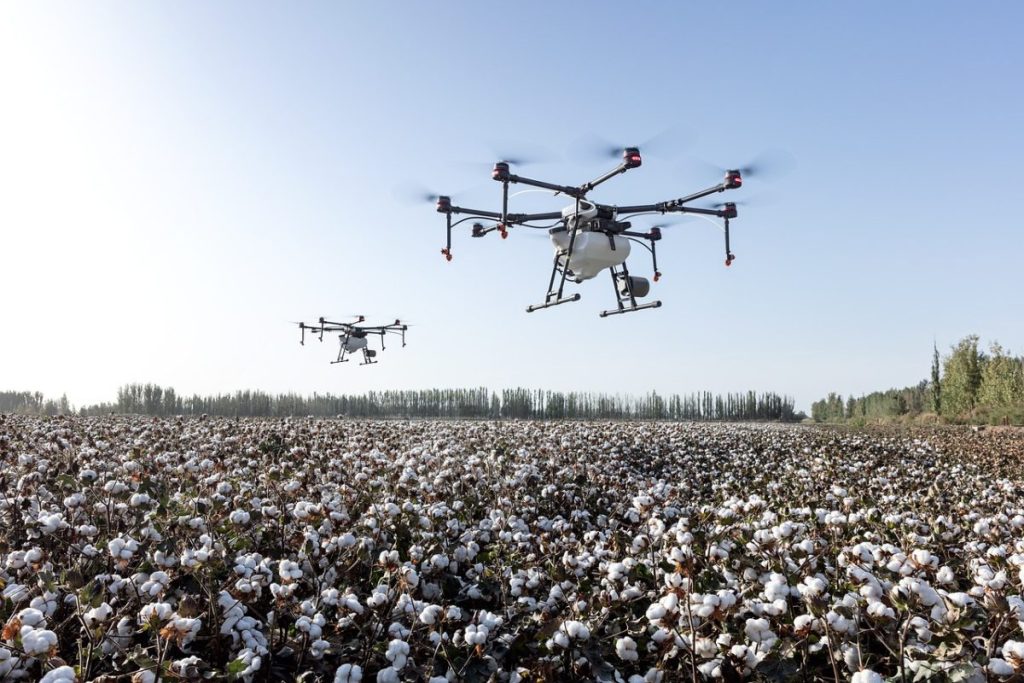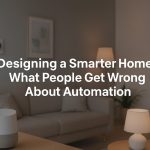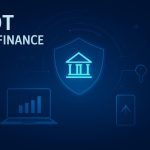In recent years, agriculture has undergone a digital transformation, driven by the power of the Internet of Things (IoT). As the global demand for food grows and climate challenges persist, IoT has emerged as a critical tool for farmers seeking to increase efficiency, reduce waste, and enhance crop yields. From smart sensors to automated irrigation systems, IoT is reshaping the way farming is done. This article explores how IoT is enabling precision agriculture and revolutionizing farming practices worldwide.
What Is IoT in Agriculture?
IoT in agriculture refers to the use of interconnected devices, sensors, and data analytics to monitor and manage farming activities. These devices collect real-time data on soil conditions, weather patterns, crop health, and more, allowing farmers to make informed decisions that optimize their operations.
Key Applications of IoT in Agriculture
1. Precision Farming
Precision farming uses IoT devices to monitor and manage crops on a micro-level. For example:
- Soil Moisture Sensors: Measure moisture levels and help automate irrigation systems.
- Drones and GPS: Monitor crop health, detect diseases, and apply fertilizers precisely where needed.
- Smart Fertilization: IoT-enabled systems analyze soil composition to recommend tailored nutrient applications.
Precision farming reduces resource waste and ensures that crops receive exactly what they need, when they need it.
2. Smart Irrigation
Water is one of the most valuable resources in farming, and IoT is making its use more efficient.
- Automated Irrigation Systems: Sensors detect soil dryness and activate sprinklers only when necessary.
- Weather Data Integration: Systems consider rainfall forecasts to prevent overwatering.
These technologies save water, reduce costs, and maintain optimal growing conditions for crops.
3. Livestock Monitoring
IoT isn’t limited to crops—it’s transforming livestock management as well.
- Wearable Sensors: Track animal health, movement, and reproductive cycles.
- Environmental Monitoring: IoT devices monitor barn temperatures, humidity, and air quality to ensure animal comfort.

Such insights help farmers prevent disease outbreaks and improve animal productivity.
4. Supply Chain Optimization
IoT plays a vital role in managing the agricultural supply chain:
- Cold Chain Monitoring: Sensors ensure produce is stored and transported at optimal temperatures.
- Traceability: IoT-enabled tags track food from farm to table, enhancing transparency and reducing waste.
The Benefits of IoT in Agriculture
- Increased Efficiency: Automation reduces manual labor and ensures resources like water, fertilizer, and energy are used effectively.
- Higher Yields: Data-driven decision-making leads to healthier crops and increased productivity.
- Sustainability: IoT minimizes waste, conserves water, and reduces the environmental impact of farming.
- Cost Savings: Farmers can lower operational costs by optimizing resource use and preventing crop losses.
Challenges in Adopting IoT in Agriculture
While IoT offers immense benefits, there are hurdles to overcome:
- Cost of Implementation: High upfront costs for IoT devices and infrastructure can deter small-scale farmers.
- Connectivity Issues: Rural areas often lack the reliable internet needed for IoT systems to function effectively.
- Data Security: IoT systems are vulnerable to cyberattacks, making data protection a priority.
Governments and technology providers are working to address these challenges through subsidies, rural connectivity initiatives, and improved cybersecurity measures.
Future of IoT in Agriculture
The future of IoT in agriculture is promising, with emerging technologies paving the way for further innovation:
- AI Integration: Combining IoT with artificial intelligence to predict crop yields and optimize planting schedules.
- Blockchain: Enhancing supply chain transparency and ensuring food traceability.
- Robotics: Automated machinery for planting, weeding, and harvesting.
As these technologies mature, IoT will continue to play a central role in addressing global food security challenges.
Final Thought
IoT is not just a tool for modern agriculture—it’s a game-changer. By enabling precision farming, optimizing resource use, and improving efficiency, IoT is helping farmers tackle some of the most pressing challenges of our time. As adoption grows and technology advances, IoT in agriculture will unlock new possibilities for feeding a growing global population sustainably. Farmers, technologists, and policymakers alike must embrace this digital revolution to secure the future of farming.
- IoT for Beginners: The Complete Smart Home Starter Guide (2025 Edition)
 Smart home devices are no longer sci‑fi toys for tech geeks – they are affordable, easy to install, and can genuinely make everyday life more convenient, efficient, and secure. This guide walks you through the essentials of getting started with IoT and building a smart home in 2025 without getting overwhelmed by buzzwords and acronyms.…
Smart home devices are no longer sci‑fi toys for tech geeks – they are affordable, easy to install, and can genuinely make everyday life more convenient, efficient, and secure. This guide walks you through the essentials of getting started with IoT and building a smart home in 2025 without getting overwhelmed by buzzwords and acronyms.… - Designing a Smarter Home in 2026: What People Get Wrong About Automation
 Smart homes were once science fiction, but today they’re a reality in millions of households. With voice assistants, smart plugs, and automated lighting systems, it’s easy to assume home automation is simply a matter of plugging in a few devices. Yet, many homeowners quickly discover that “smart” doesn’t always mean simple. In this article, we’ll…
Smart homes were once science fiction, but today they’re a reality in millions of households. With voice assistants, smart plugs, and automated lighting systems, it’s easy to assume home automation is simply a matter of plugging in a few devices. Yet, many homeowners quickly discover that “smart” doesn’t always mean simple. In this article, we’ll… - Automated Online Trading: How IoT is Redefining Financial Markets
 Introduction automated online trading In a world where milliseconds can decide millions, the fusion of Internet of Things (IoT) technology and automated online trading is reshaping global finance. What once relied solely on human judgment now increasingly depends on connected machines, real-time data, and predictive algorithms. From weather sensors influencing agricultural trades to smart logistics…
Introduction automated online trading In a world where milliseconds can decide millions, the fusion of Internet of Things (IoT) technology and automated online trading is reshaping global finance. What once relied solely on human judgment now increasingly depends on connected machines, real-time data, and predictive algorithms. From weather sensors influencing agricultural trades to smart logistics… - The Role of Linux in IoT: Powering the Connected World
 The Internet of Things (IoT) is everywhere—from smart homes and wearable devices to industrial automation and self-driving cars. Behind the scenes, one operating system plays a surprisingly dominant role: Linux. Known for its stability, flexibility, and open-source nature, Linux has become the backbone of countless IoT devices and platforms. But what makes Linux so well-suited…
The Internet of Things (IoT) is everywhere—from smart homes and wearable devices to industrial automation and self-driving cars. Behind the scenes, one operating system plays a surprisingly dominant role: Linux. Known for its stability, flexibility, and open-source nature, Linux has become the backbone of countless IoT devices and platforms. But what makes Linux so well-suited… - The Smart Home Revolution in 2025: How IoT is Transforming Everyday Living
 In the past decade, the vision of a truly smart home has moved from futuristic fantasy to everyday reality. As we step into 2025, the Internet of Things (IoT) has matured into a robust ecosystem, connecting appliances, security systems, lighting, and even entertainment devices under one seamless digital roof. The result? Homes that are safer,…
In the past decade, the vision of a truly smart home has moved from futuristic fantasy to everyday reality. As we step into 2025, the Internet of Things (IoT) has matured into a robust ecosystem, connecting appliances, security systems, lighting, and even entertainment devices under one seamless digital roof. The result? Homes that are safer,…







